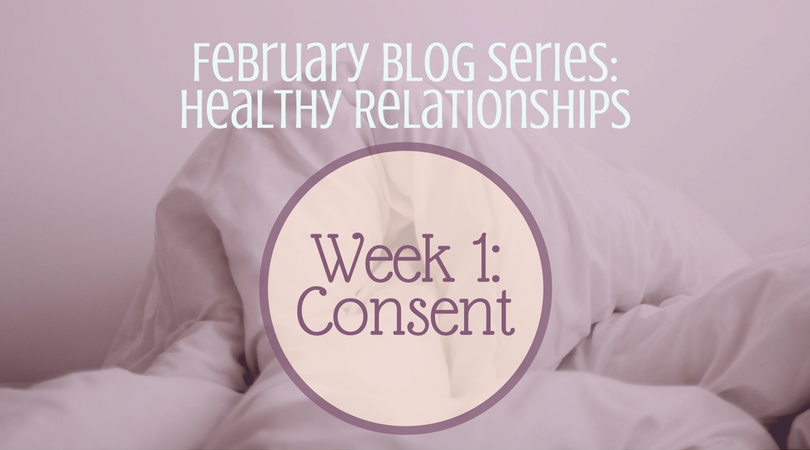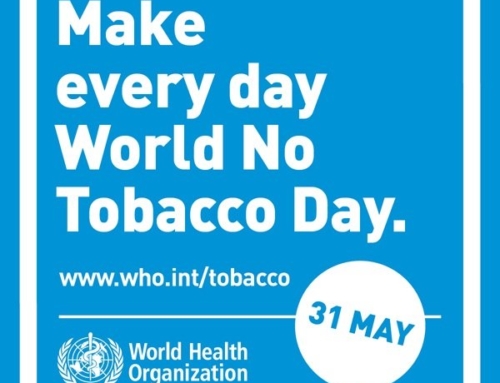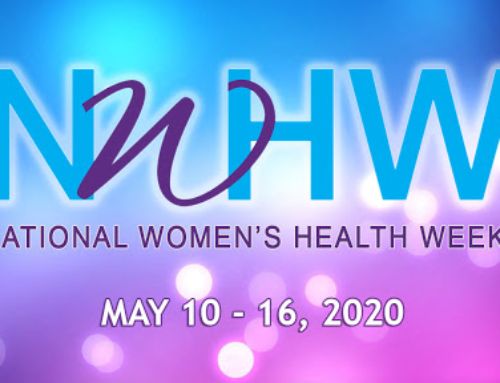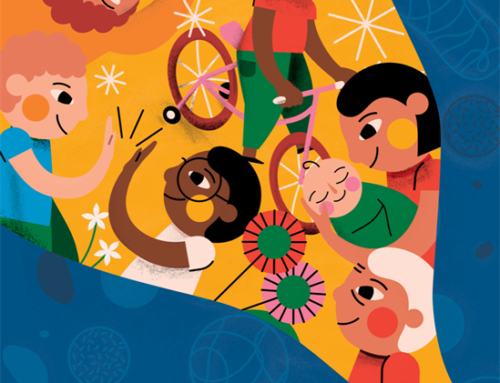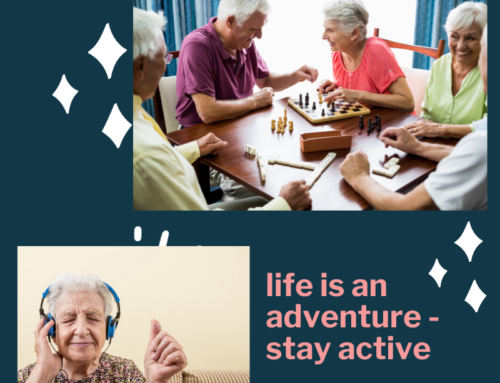It’s February and love is in the air! While you’re showering your loved ones with gifts this Valentine’s Day, invest some time on the other important aspects of your relationships. All month, Suwannee River AHEC will be publishing blogs about healthy relationships. This week, we’ll be covering consent.
Consent has been a hot topic in the news lately. In the wave of #MeToo and #TimesUp, lots of folks are asking: what is consent, and how should you negotiate it? Plenty of organizations, including the Rape Abuse and Incest National Network (RAINN) and Planned Parenthood, provide excellent guidelines on how to give and receive consent.
What is consent, anyway?
According to Planned Parenthood, sexual consent is an agreement to participate in a sexual activity. Yesmeansyes.com also notes that sexual consent is mutual and continuous: everyone involved agrees, and it requires constant communication and checking-in. Consenting once doesn’t mean you can’t change your mind.
A phrase that gets used often is enthusiastic consent. From yesmeansyes.com: “this means being as excited and into someone else’s enjoyment as we are into our own enjoyment” – and it means only agreeing to do stuff you want to do, not what you feel you’re expected to do!
Here are the basics of consent, from Planned Parenthood:
- Consent is freely given: It’s a choice you make without feeling pressure, and without being under the influence of drugs or alcohol.
- Consent is enthusiastic: As mentioned above, it’s important that all involved parties want to do what they consent to!
- Consent is specific: Saying yes to one thing doesn’t mean you’ve agreed to other things. It’s important to keep checking in.
- Consent is informed: You need the full story to give consent. If important details are left out, then you haven’t given full consent.
- Consent is reversible: You can change your mind at any time, no matter what. If someone is saying stop at any time (verbally or non-verbally), you have to stop.
Here’s what consent looks like, from RAINN:
- Communication when you change the type or degree of sexual activity. You just have to ask “is this okay?”
- Explicit agreement to certain activities.
- Physical cues that tell your partner(s) that you’re comfortable taking things to the next level.
And here is what consent does not look like, also from RAINN:
- Refusal to acknowledge “no”
- Assuming that wearing certain clothes, flirting or kissing is an invitation for more
- Someone being under the legal age of consent, as defined by the state
- Someone being incapacitated because of drugs or alcohol
- Pressuring someone into sexual activity using fear or intimidation
- Assuming you have permission to engage in a sexual act because you’ve done it in the past
Often, when we’re discussing the rape and sexual assault that’s been prevalent in the news, we get caught up in the legality of each case. A violation of consent is not always a crime, and legal definitions of rape and sexual assault vary greatly, even within the United States. But a violation of consent is still exactly that: a violation. If you’ve been a victim of sexual assault, you can call the National Sexual Assault Hotline at 800-656-HOPE (4673) or chat online at http://online.rainn.org
Resources:


